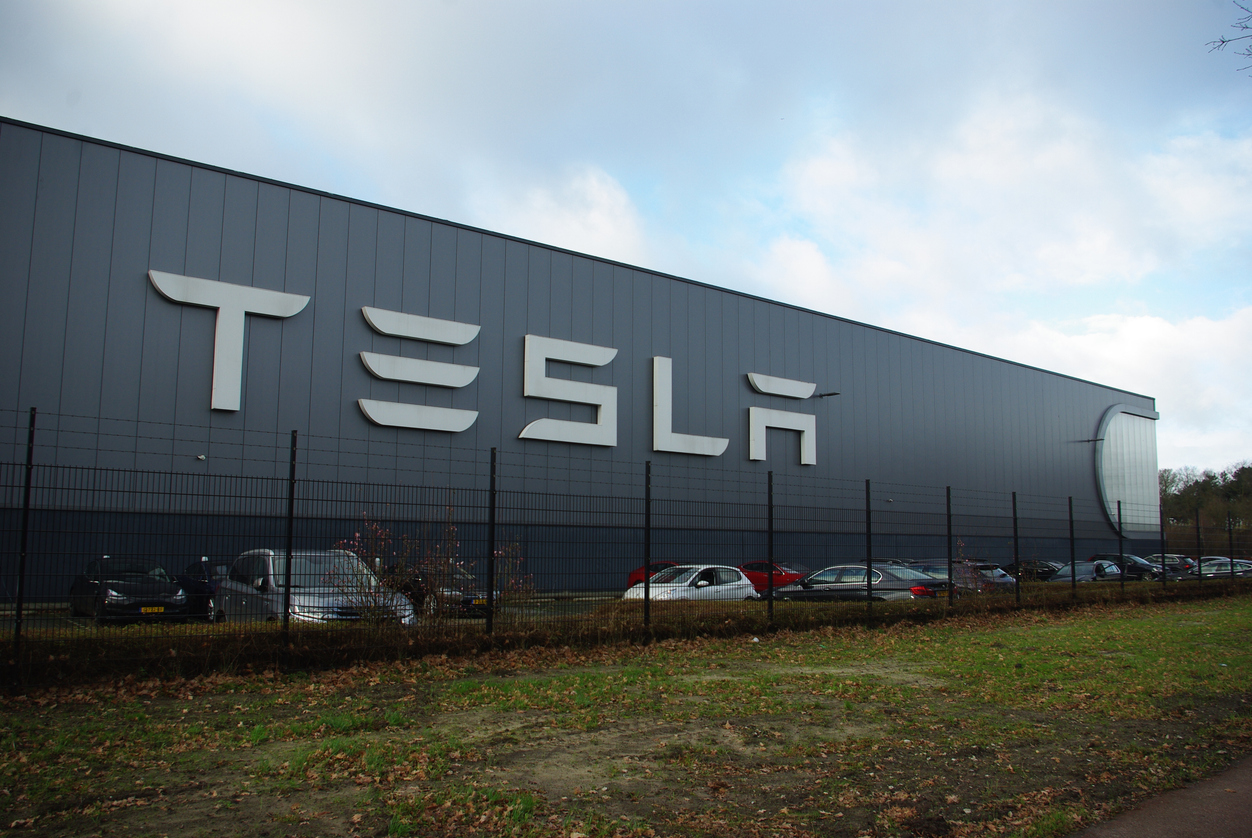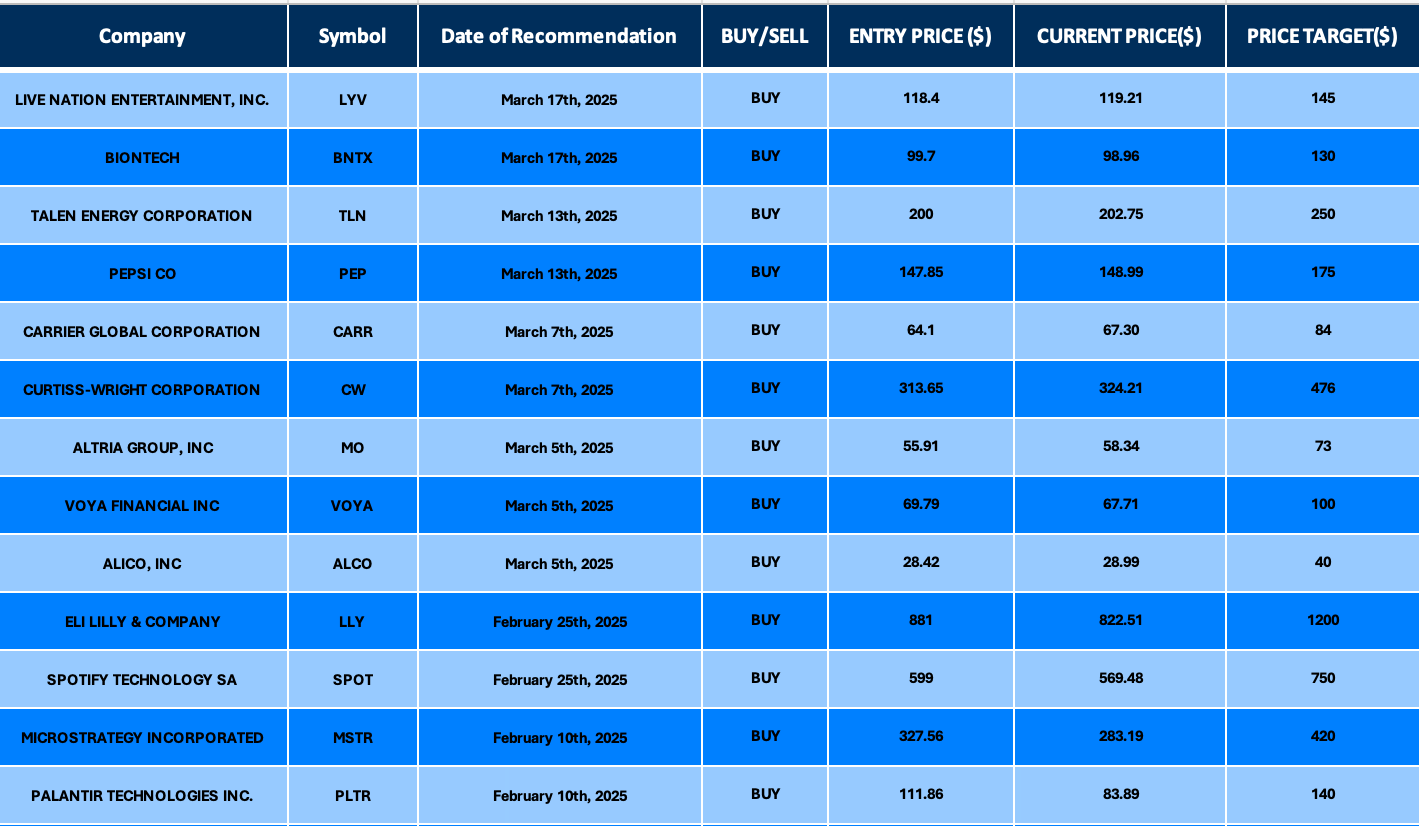
Date Issued – 26th March 2025
Preview
Vietnam has proposed tariff cuts on goods like LNG and cars to ease tensions with the US, while Washington looks to secure critical minerals from Ukraine in a new trade deal. Asian markets remain cautious amid weak US consumer confidence and looming tariff announcements, though Chinese stocks rallied on optimism around earnings. Tesla plans to launch in Saudi Arabia next month, boosting its stock after CEO Elon Musk reassured investors of a brighter future. Meanwhile, China’s LNG imports are set to drop for the first time since 2022, signaling a shift in global energy dynamics as domestic production and alternative fuels gain traction. Key themes for investors include geopolitical risks, opportunities in emerging markets, and the evolving energy landscape.
Vietnam Proposes Tax Cuts to Avert US Tariff Threats
Vietnam’s finance ministry has proposed reducing preferential import tariffs on products like LNG, cars, agricultural goods, and wood to mitigate the risk of US-imposed tariffs. The revisions include cutting car tariffs to 32% (from 45%-64%) and LNG tariffs to 2% (from 5%), among other adjustments. This move aligns with Vietnam’s efforts to address its $123.5 billion trade surplus with the US, the third-largest after China and Mexico. The proposal follows provisional trade deals worth $4.15 billion secured during a recent visit by Vietnam’s trade minister to the US. Officials aim to issue the revised tariff decree by month’s end, reflecting Vietnam’s commitment to balancing trade while deepening its strategic partnership with Washington.
Investment Insight
Vietnam’s proactive tariff adjustments underscore its strategy to safeguard its export-driven economy amid rising geopolitical and trade tensions. Investors should watch for opportunities in Vietnam’s export sectors, particularly manufacturing and agriculture, which could benefit from sustained US trade ties. Meanwhile, US companies exporting LNG, cars, and agricultural products may see improved market access, enhancing bilateral trade flows. Diversification into Vietnam-focused ETFs or funds investing in Southeast Asia’s emerging markets may offer exposure to this evolving trade landscape.
US Proposes Major Critical Minerals Deal with Ukraine Amid Ongoing Conflict
The United States has proposed a comprehensive critical minerals agreement with Ukraine, bypassing prior frameworks, according to Ukrainian President Volodymyr Zelenskyy. The deal aims to secure American access to Ukraine’s mineral resources as part of broader efforts to recoup military assistance provided since Russia’s 2022 invasion. Unlike earlier discussions, the proposal excludes US involvement in Ukraine’s nuclear power sector, a contentious issue in recent talks. While Kyiv views the deal as a “grand agreement,” concerns remain about increased US economic demands. The move aligns with Washington’s strategy of using economic investment to deter future Russian aggression, though Ukraine continues to seek stronger security guarantees.
Investment Insight
Heightened US interest in Ukraine’s critical minerals signals growing geopolitical competition over resource security. Investors should monitor developments in the US-Ukraine agreement, particularly the formation of joint investment structures, as they could redefine global supply chains for rare materials. Exposure to mining and energy companies with potential stakes in these deals may present long-term growth opportunities, albeit with geopolitical risks. Diversification into critical minerals ETFs or funds could also capitalize on this trend while mitigating country-specific volatility.
Stocks Stall, US Copper Hits Record Amid Tariff Uncertainty
Asian equities traded in a narrow range Wednesday as investors weighed weaker US consumer confidence and uncertainty surrounding President Donald Trump’s upcoming tariff announcements. The MSCI Asia Pacific Index edged up 0.2%, snapping a three-day decline, while US copper prices surged to a record high on speculation of imminent tariffs. Meanwhile, US and European equity futures were steady, the 10-year Treasury yield rose, and the dollar remained flat after ending a four-day rally. While Trump suggested the new tariffs, set for announcement on April 2, may be narrower than previously feared, concerns about US economic growth persist. Chinese stocks rallied on optimism around improving corporate earnings, with Morgan Stanley and Goldman Sachs upgrading their forecasts.
Investment Insight
Rising geopolitical tensions and looming US tariffs are driving commodity price volatility, particularly in copper and other industrial metals. Investors should consider exposure to commodities as a hedge against inflationary pressures stemming from trade restrictions. Meanwhile, Chinese equities remain attractive amid improving earnings prospects and government support for technology and consumption sectors. Diversifying portfolios with a mix of commodity-focused ETFs and emerging market stocks may offer opportunities for growth while mitigating tariff-related risks.

Tesla Eyes Saudi Expansion as Stock Rebounds Amid Leadership Reset
Tesla announced plans to launch in Saudi Arabia, with a high-profile event in Riyadh on April 10 that will showcase its electric vehicles, solar-powered products, and advanced technologies like the Cybercab and Optimus humanoid robot. While the move marks Tesla’s entry into the Gulf’s largest market, the company faces global challenges, including a 42.6% year-to-date drop in EV sales across Europe and rising protests in the US over CEO Elon Musk’s government role. Despite these headwinds, Tesla’s stock has rallied sharply this week, surging 12% on Monday and another 2.8% on Tuesday, following an all-hands meeting where Musk reassured employees and investors of a “bright and exciting future.” Analysts see Musk’s renewed focus as a positive shift, though Tesla remains under pressure from competitors like China’s BYD, which surpassed Tesla in annual revenue, and ongoing political controversies.
Investment Insight
Tesla’s expansion into Saudi Arabia aligns with the kingdom’s push to diversify its economy and could unlock growth in a high-income market eager to adopt EVs. However, the company’s global challenges—including declining market share in Europe, intensifying competition, and brand risks—may temper investor enthusiasm. The recent stock rebound underscores the importance of strong leadership and investor confidence, but sustained recovery will depend on Tesla’s ability to address operational challenges and maintain its market position. Investors may benefit from diversifying EV exposure across established players like Tesla and emerging competitors like Lucid Group or BYD to capture long-term sector growth while balancing risks.
Market price: Tesla Inc (TSLA): USD 287.99
China’s LNG Imports Set for Rare Decline Amid Changing Energy Dynamics
China’s liquefied natural gas (LNG) imports are projected to drop this year for the first time since 2022, with BloombergNEF lowering its forecast to 74.89 million tons—11 million tons less than previously estimated. Factors such as milder weather, cheaper overland gas supplies from Central Asia, slower economic growth, and high European prices are reshaping demand patterns. While China remains the world’s largest LNG buyer, its pivot toward alternatives like domestic production, coal, renewables, and piped gas has cast doubt on long-term global LNG growth assumptions. European buyers have benefited from the slackened Chinese demand, but LNG exporters face potential oversupply risks later this decade.
Investment Insight
The slowdown in China’s LNG demand highlights growing vulnerabilities in the global LNG market, with multibillion-dollar projects increasingly exposed to shifting regional dynamics and price competition. While Chinese demand may rebound during hotter months or as trucking adoption rises, investors should focus on diversified energy players with exposure to renewables, domestic gas production, or downstream opportunities. Companies heavily reliant on LNG export growth, such as Shell Plc, may face near-term headwinds. Monitoring regional energy policy shifts and emerging market trends will be critical for navigating this evolving landscape.
Conclusion
This week’s developments highlight the delicate interplay of global trade, energy dynamics, and market sentiment. Vietnam’s tariff cuts and the US-Ukraine critical minerals deal underscore the geopolitical complexities shaping international commerce. Tesla’s rebound and Saudi expansion signal the importance of leadership in navigating challenges, while China’s declining LNG demand reflects shifting energy priorities. Amid these shifts, investors should remain vigilant, focusing on diversification in emerging markets, commodities, and renewable energy. As geopolitical tensions and economic pressures persist, opportunities will arise for those positioned to adapt to evolving global trends and sector-specific disruptions. Flexibility remains key in navigating today’s volatile landscape.
Upcoming Dates to Watch
- March 26th, 2025: Australia CPI, UK CPI
- March 27th, 2025: US revised 4Q GDP, Mexico trade & rate decision
- March 28th, 2025: Tokyo CPI, US core PCE price index
Find below some of our Buy/Sell Recommendations. Balfour Capital Group is a distinguished global boutique investment management firm with $350 million AUM and over 1000 Clients.

Disclaimer: This post provides financial insights for informational purposes only. It does not constitute financial advice or recommendations for investment decisions.




